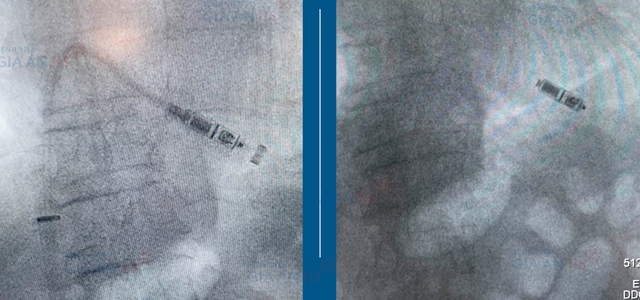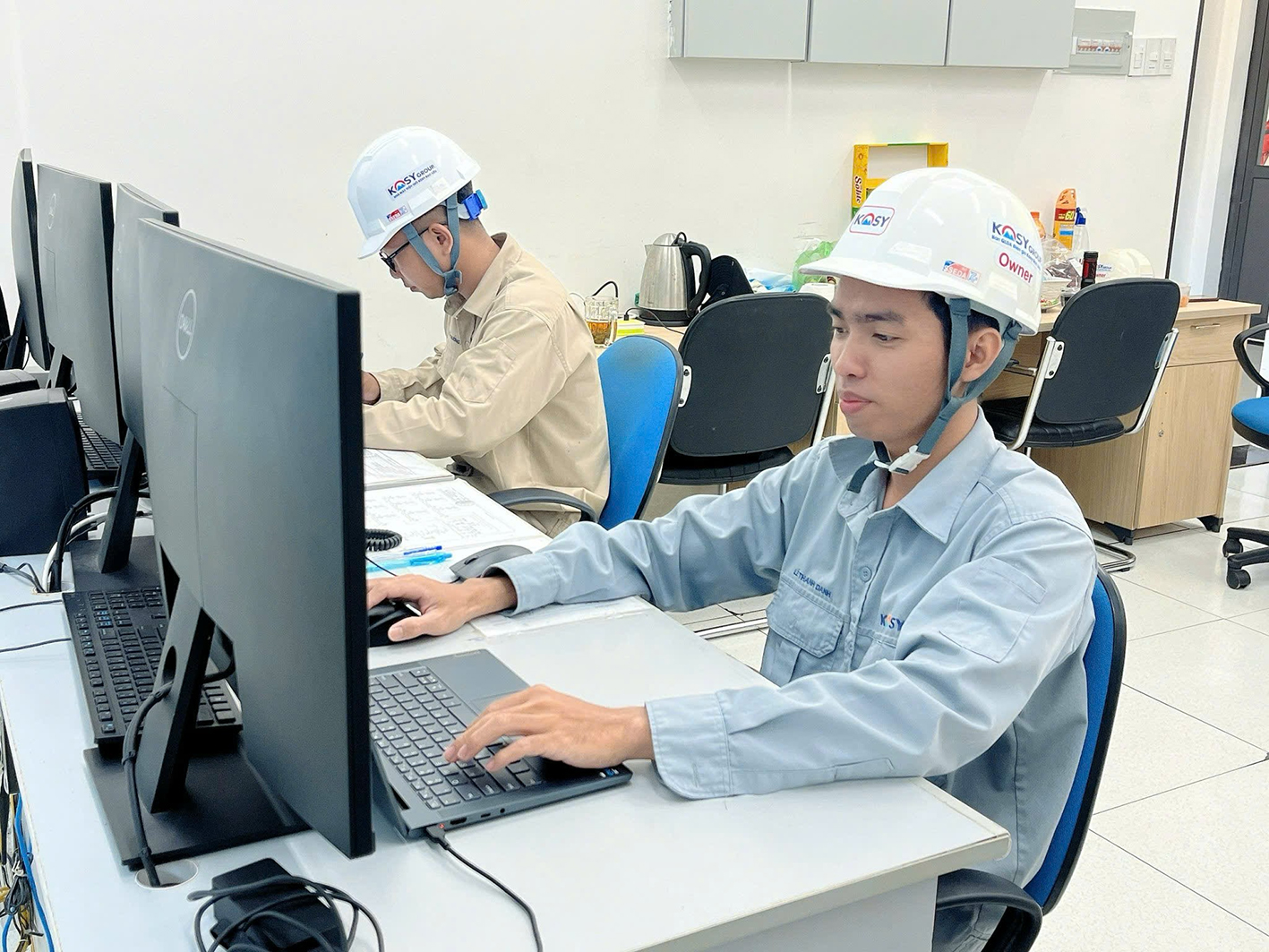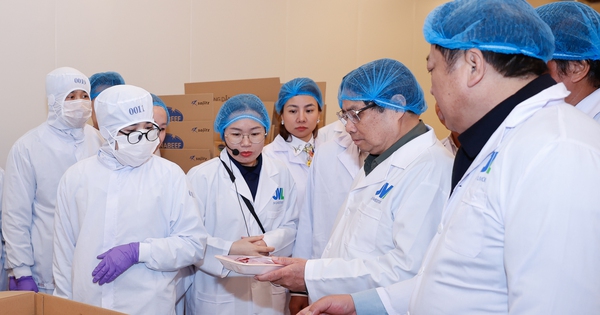The device is the size of a capsule, weighing only 2 grams, and is inserted into the heart through a catheter from the femoral vein to treat slow heart rhythm disorders. This is also the first time this advanced technique has been performed at Gia An 115 Hospital.
Chest pain, fatigue, fainting due to arrhythmia
Through medical history, Mr. NVT (86 years old, residing in Cam My district, Dong Nai province) had many underlying diseases such as high blood pressure, lipid disorders, gastroesophageal reflux and gout. Occasionally, he felt tired, had chest pain and had many unexplained fainting episodes. However, he did not pay much attention, thinking that it was just a sign of old age. In mid-February 2025, due to fatigue, poor appetite and increased chest pain, he went to a local hospital for examination and discovered he had a slow heart rhythm disorder. For in-depth examination and treatment with a cardiologist, his relatives took him to Gia An 115 Hospital (HCMC).

Specialist Doctor Duong Duy Trang prepares to intervene for the patient
Photo: BVCC
After performing the necessary clinical tests, doctors diagnosed Mr. NVT with sinus bradycardia - a type of slow heart rhythm disorder that increases the risk of heart failure, sudden cardiac arrest and blood clots that can cause the patient to have a stroke or sudden death at any time.
After carefully assessing the patient's condition, cardiologist Dr. Duong Duy Trang - Deputy Director of Internal Medicine and Head of the Department of Internal Medicine - Interventional Cardiology at Gia An 115 Hospital, performed a transcatheter implantation of a micro-wireless pacemaker (TPS) for the patient. The device was inserted directly into the patient's right ventricle through a catheter from the femoral vein, without the need for a wire. The intervention only lasted 30 minutes, helping the patient's heart rate to remain stable immediately after the intervention. Just one day after the intervention, the patient was able to walk lightly. The patient continued to receive medical treatment for underlying diseases and was discharged in a stable condition.
New opportunity for slow-beating hearts
According to specialist 2 Duong Duy Trang, there are currently 3 types of pacemakers: single-chamber pacemaker, dual-chamber pacemaker and wireless pacemaker. Of which, wireless pacemaker is the most advanced technology. With a compact design (0.8 cc), weighing only 2 g, this device is 93% lighter than a conventional pacemaker (28 g).

Microwireless pacemaker successfully placed in right ventricular chamber
Photo: BVCC
Unlike traditional pacemakers, the device does not require electrodes or subcutaneous parts, thereby reducing the risk of implantation, hematoma or electrode wire fracture - common complications when patients use wired pacemakers. The device uses 4 self-expanding nitinol hooks to attach to the heart tissue, helping to firmly fix it, maintaining stable electrocardiographic signals with a machine life of up to 12 years. The device also has the ability to automatically adjust the heart rate according to the body's activity needs, helping patients maintain better physical condition.
Dr. Duong Duy Trang said that there are many causes of bradycardia, such as: Aging process, heart diseases such as coronary artery disease, myocarditis, hypothyroidism, sinus node failure... Using drugs to treat heart disease, high blood pressure can also cause bradycardia. Mild bradycardia often has few symptoms, so it is difficult for patients to detect. Regular health screening, especially cardiovascular disease screening, is therefore important to help patients detect the disease early and treat it promptly, avoiding the disease from progressing to a serious level, increasing the risk of complications such as heart failure, stroke, sudden death...
Source: https://thanhnien.vn/cay-may-tao-nhip-khong-day-sieu-nho-cho-cu-ong-nhip-tim-cham-ngat-nhieu-lan-185250314111502158.htm







































Comment (0)